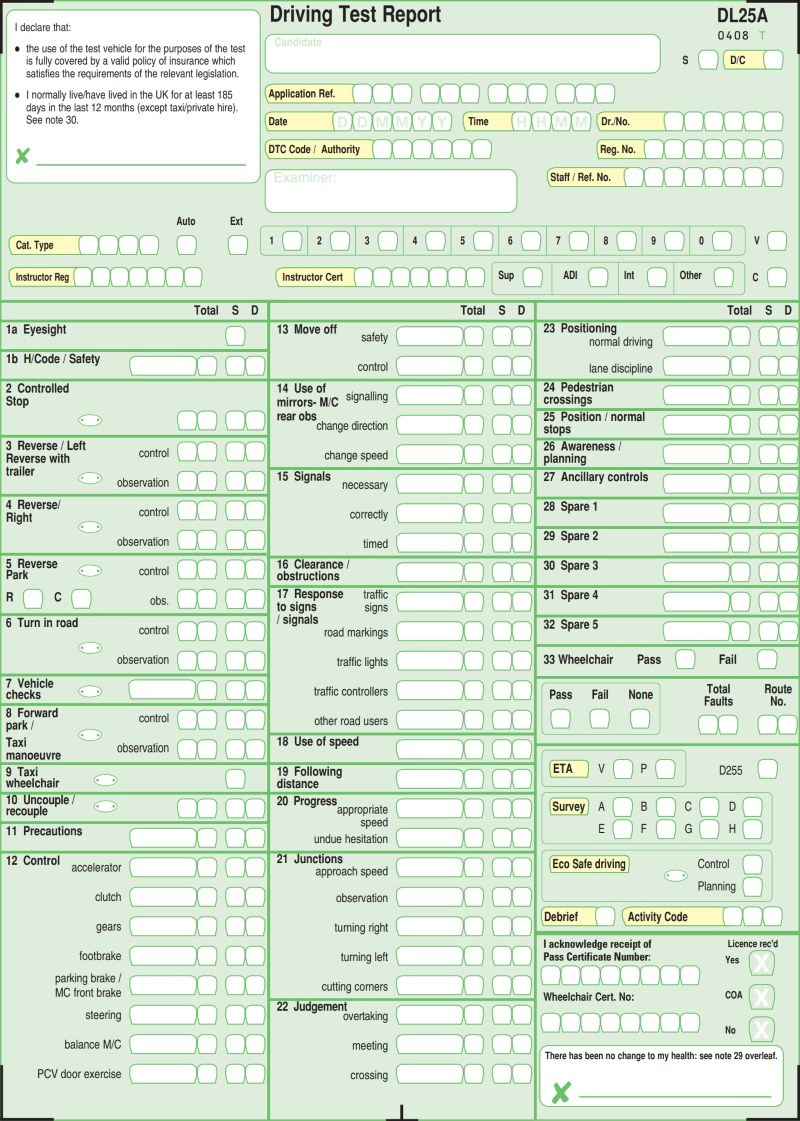Eyesight Test
At the start of the driving test the driving examiner asked you to read a vehicle registration number. If you required glasses or contact lenses, you must wear them whenever you drive. If you had problems with the eyesight test, perhaps you should consider consulting an optician.
Highway code / Safety
If you didn’t need to take a separate theory test, for example to obtain a license for a tractor or other specialist vehicle, you will have been asked questions on the Highway Code and other related motoring matters. You will have also been asked to identify some traffic signs. If you had difficulty with these questions make sure that you study properly by reading as wide a range of publications as you can to increase your understanding. If you have already passed a theory test you will not have been asked Highway code questions at the practical driving test stage; but you should still have a thorough knowledge of it.
Safety questions (if applicable)
You should know the location of, and be able to operate, safety components such as fire extinguisher, fuel cut-off switch and emergency door.
Controlled Stop
You will need to be able to display a high level of skill in bringing your vehicle to a stop, safely, promptly and under full control avoiding locking the wheels. Remember that in wet weather it can take twice as long to stop safely.

